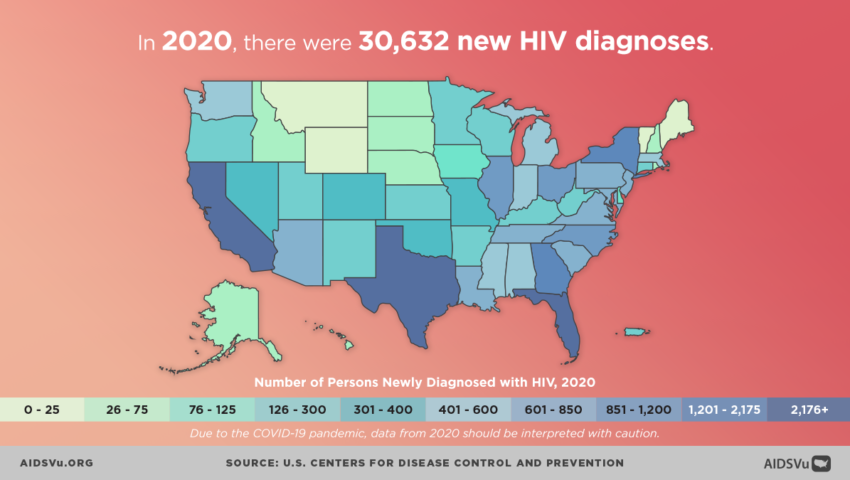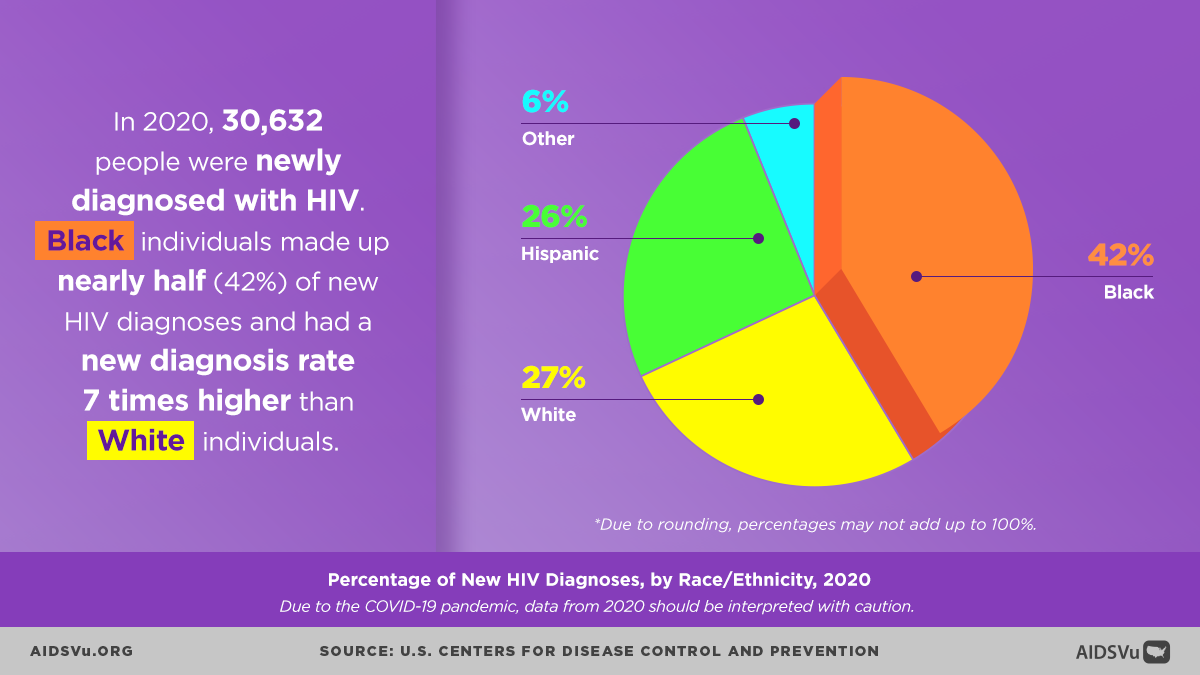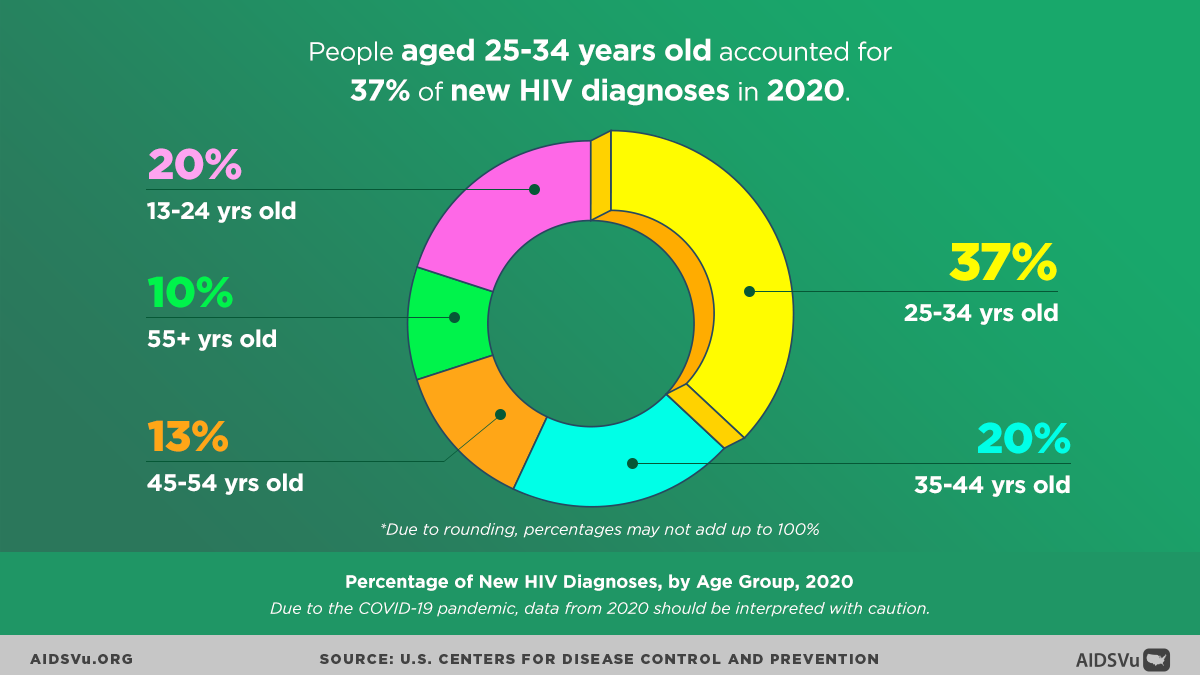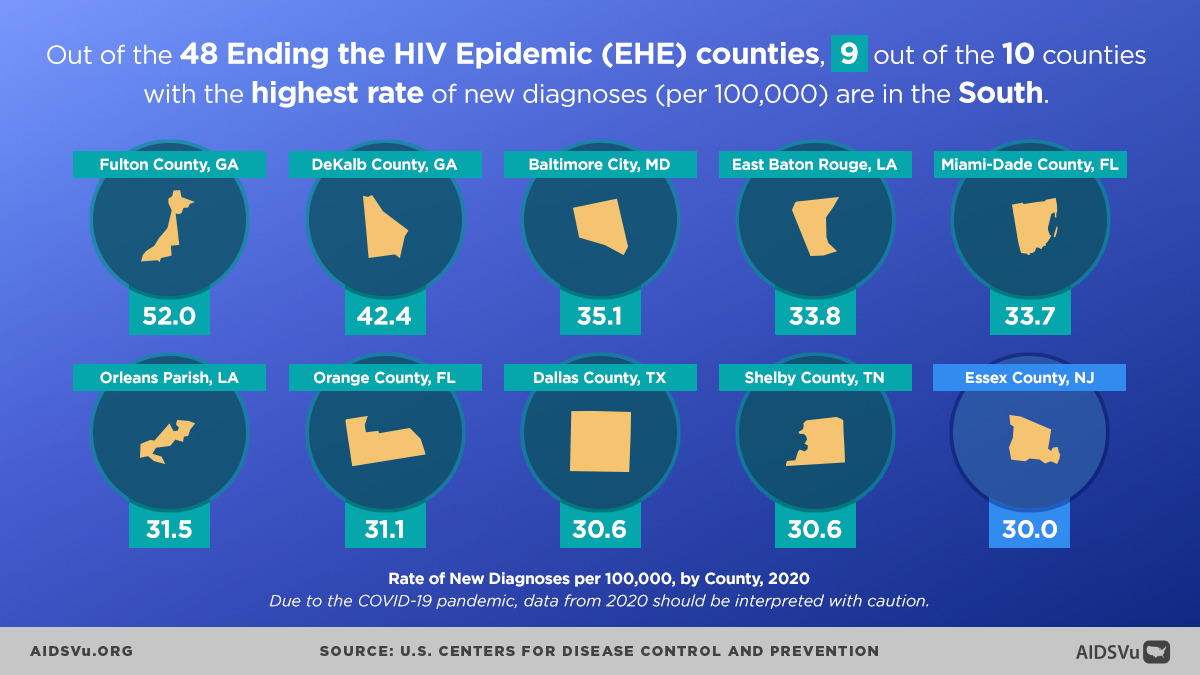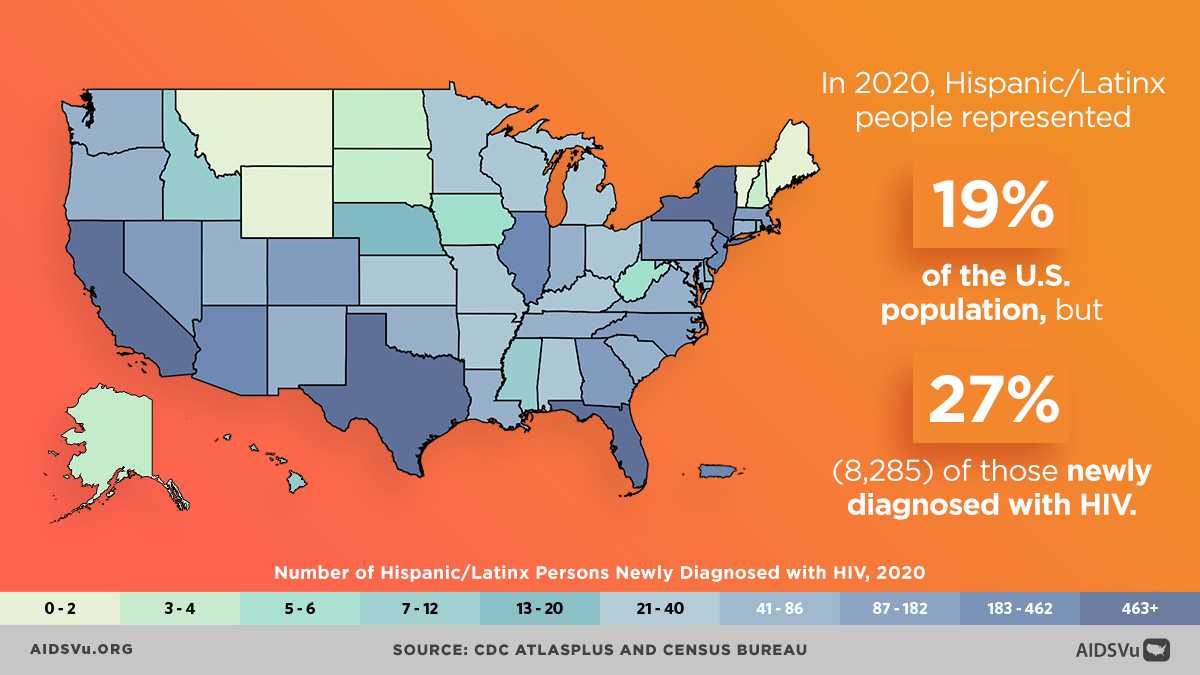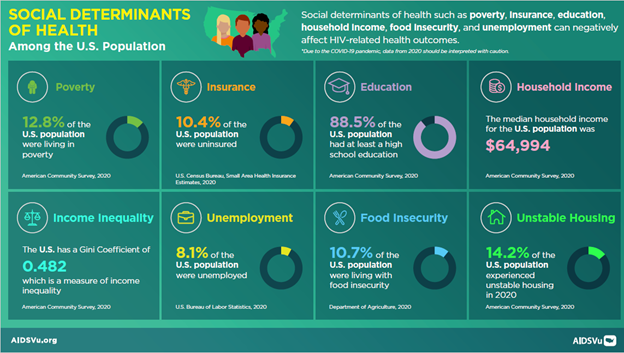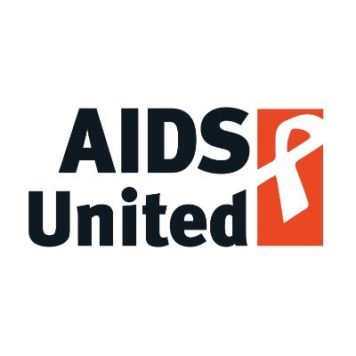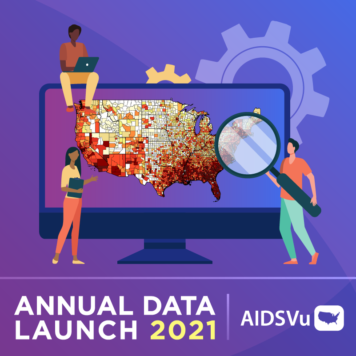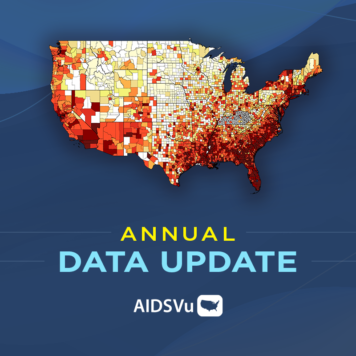Today, AIDSVu released updated interactive maps and data visualizing the HIV epidemic at the state- and county- levels for 2020. This year’s maps serve as a snapshot of the HIV epidemic during the beginning of the COVID-19 pandemic, which impacted resources, HIV testing, HIV new diagnoses, and data collection over the last two years.
This year, AIDSVu adds new 2020 data from Funders Concerned About AIDS that tracks philanthropic HIV funding across the U.S. These data provide insights about the use of funds granted for advocacy, social services, prevention, and treatment in Ending the HIV Epidemic (EHE) Initiative focused jurisdictions and in specific communities most impacted by HIV.
“Looking at 2020 HIV data, it is impossible to avoid the fact that COVID-19’s impact has been wide-ranging. While we are still trying to understand the full extent of the impact COVID-19 had on testing, treatment, and care, this data will help enable that conversation,” said Patrick Sullivan, DVM, PhD, Professor of Epidemiology at Emory University’s Rollins School of Public Health and Principal Scientist for AIDSVu. “Every year when AIDSVu updates our state- and county-level maps we try to include new data to better visualize the impact of this epidemic. This year that includes the addition of HIV-related philanthropic funding to our EHE profiles as we refocus our attention on ending the HIV epidemic. I hope that these additions help draw attention to underserved regions and communities and allow policymakers and public health officials to target resources where they are needed most.”
AIDSVu also continues to visualize steps of the HIV care continuum, including new diagnoses, late diagnoses, linkage to care, receipt of care, and viral suppression. These interactive maps can be viewed across different demographic groups such as age, sex, and race/ethnicity, alongside the social determinants of health and overlaid with HIV testing, PrEP, and care service locations. These updated maps, alongside our new HIV care continuum maps stratified by race/ethnicity, highlight the continued disparities in access to treatment and care across different geographies and communities and illustrate that there is still much work to be done to reach our shared goal of ending the HIV epidemic.
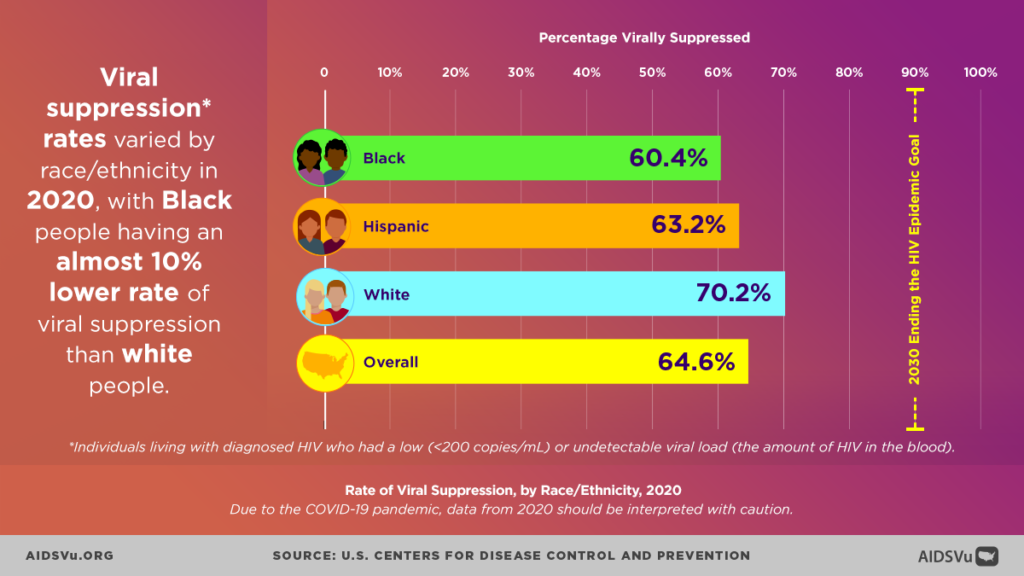
Major data updates this year include:
- 2020 state- and county-level HIV prevalence and new diagnoses maps.
- 2020 HIV Care Continuum, including new Continuum maps stratified by race/ethnicity.
- Enhanced and updated data profile pages that are easy to download and print at the national, regional, state, city, and county levels.
- Updated HIV maps alongside maps of social determinants of health – such as poverty (2020), high school education (2020), median household income (2020), income inequality (2020), people without health insurance (2020), and Medicaid Expansion (2022).
- New data from Funders Concerned About AIDS that overlays philanthropic funding to EHE jurisdictions alongside specific LGBTQ (including general LGBTQ, MSM, and Transgender) and BIPOC (including African American, Latinx, Asian American, and Indigenous) communities, along with new profile sections for EHE states and counties.
About AIDSVu’s Annual Data Update
AIDSVu is presented by Emory University’s Rollins School of Public Health in partnership with Gilead Sciences, Inc. and the Center for AIDS Research at Emory University (CFAR). Now in its twelfth year, AIDSVu continues to advance its mission to make HIV data widely available, easily accessible, and locally relevant to inform public health decision-making and action. The site aims to provide researchers, policymakers, and community members with a more comprehensive understanding of the HIV epidemic at the local-, state-, and national- level.
State- and county-level data displayed on AIDSVu were obtained from the CDC and compiled by researchers at the Rollins School of Public Health. ZIP Code, census tract, and community area/ward data were provided by state and city health departments and compiled by researchers at the Rollins School of Public Health. Learn more about AIDSVu’s HIV care continuum data and sources, see our FAQ and Data Methods.
The release of HIV philanthropic funding data was made possible through a collaboration with Funders Concerned About AIDS (FCAA). The data comes from FCAA’s signature resource tracking report, of which the most recent edition—based on calendar year 2020 grant-making—captures data on more than 5,000 grants, awarded by 323 foundations in 10 countries, in an effort to identify gaps, trends, and opportunities in HIV-related philanthropy.

